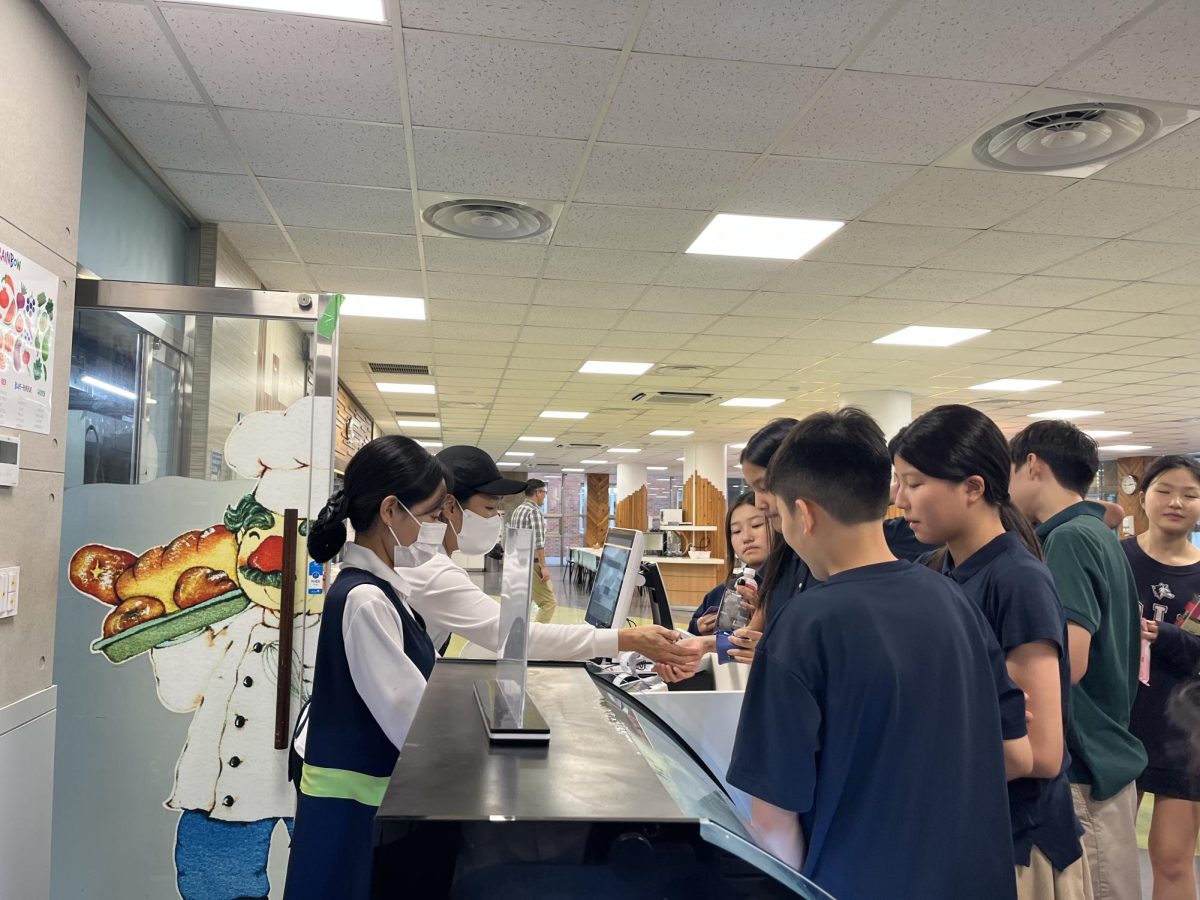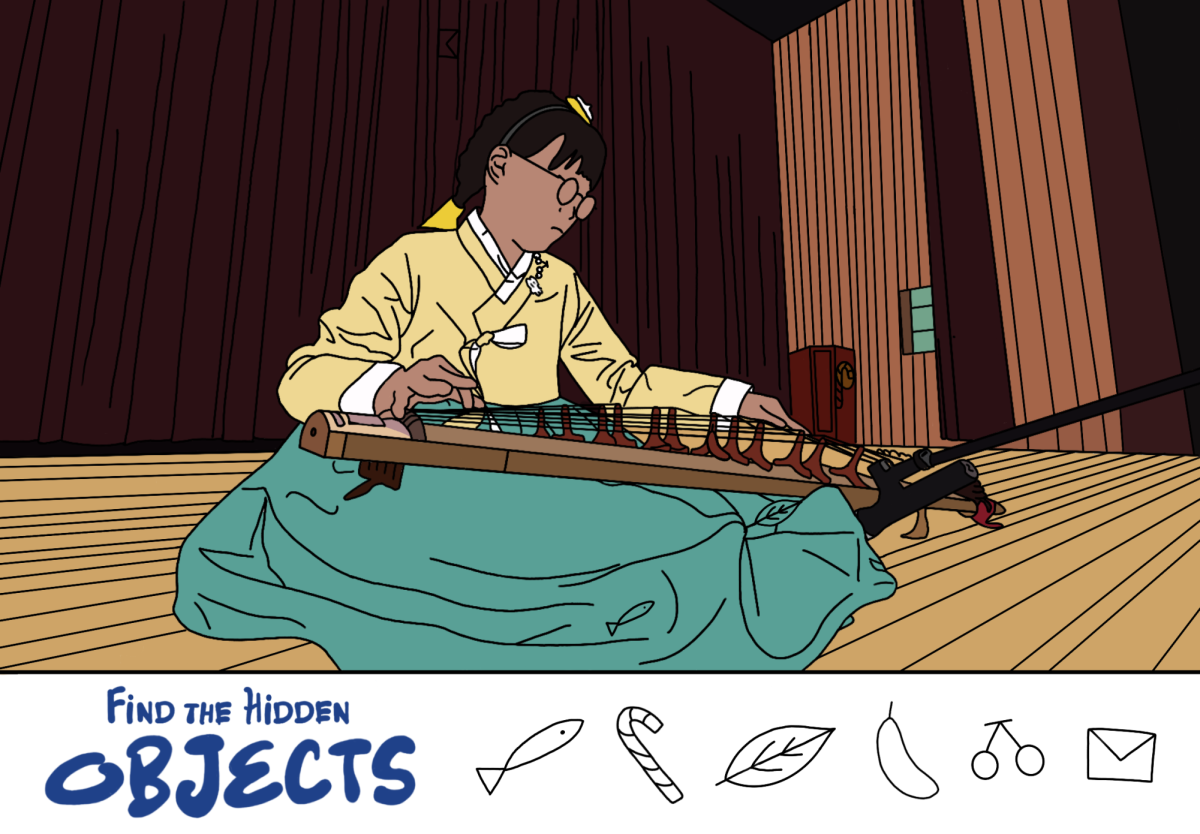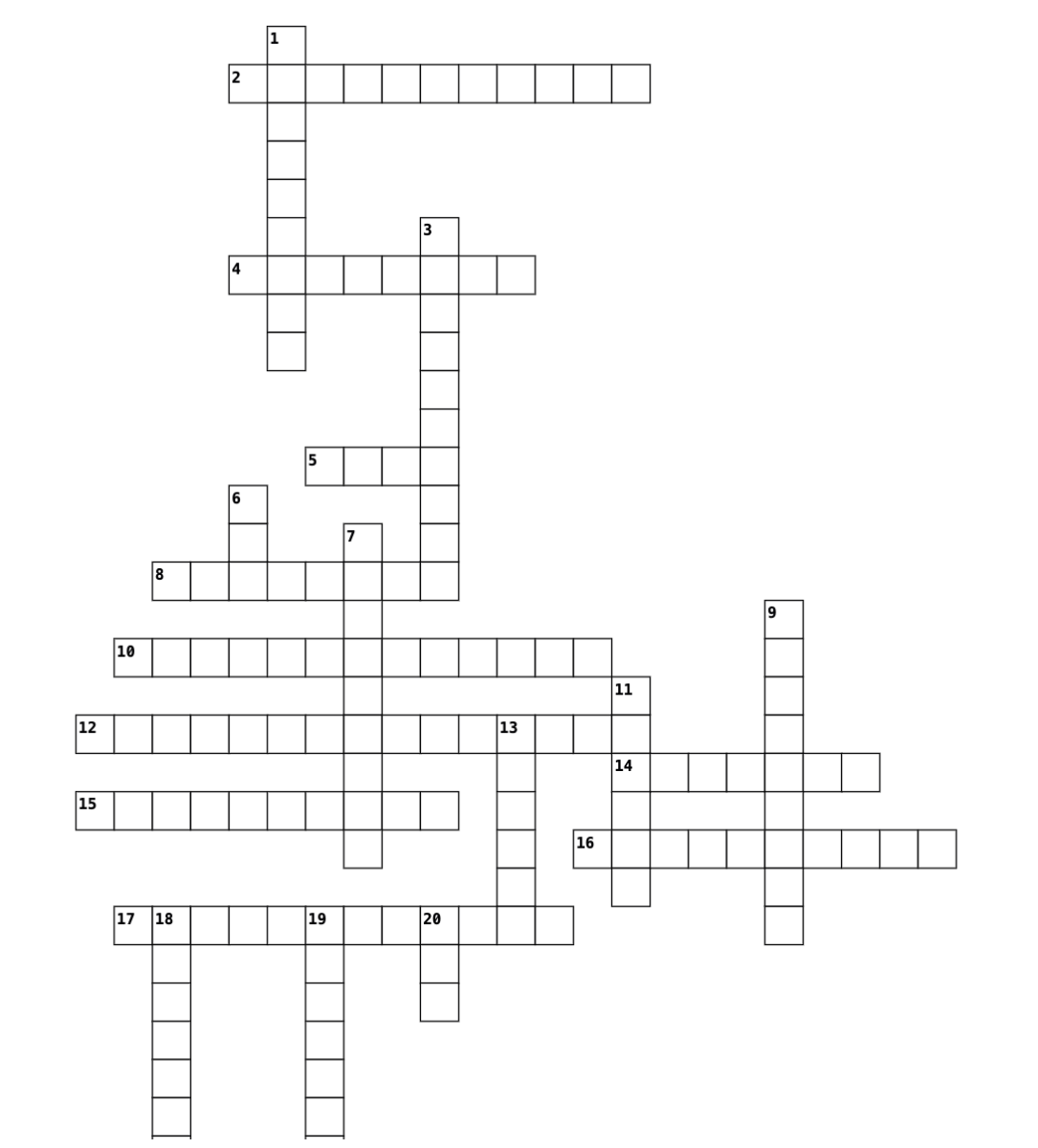You step into an elevator with a stranger and the unbearable weight of anxiety immediately greets you. That fear of forced small talk. Take that feeling and multiply it infinitely. The seconds feel like hours, and you cannot wait to dash out as soon as the doors open. This is social anxiety disorder (SAD).
In 2022, Cleveland Clinic reported that around 5% to 10% of the world population suffers from SAD. Bocchi the Rock! Re:, a movie adaptation of the anime Bocchi the Rock!, explores Hitori Gotoh’s conquest over social anxiety amidst a comical and quirky plot.
The film, originally released in Japan on June 7, made its way to Korea on Aug. 7. The original series received acclaim for its usage of multiple animation strategies, exceptional cinematography, and most importantly, relatable episodes.
The main plot starts when Nijika Ijichi, leader and drummer of Kessoku Band, offers anxiety-ridden protagonist Hitori Gotoh a temporary spot as the guitarist of her band. Due to her fear of social situations, however, as she tries to respond, Gotoh’s words get stuck in her throat. So, Ijichi forces her to visit the live house. On their way to the villa, Gotoh repeatedly asks herself if she should decline at the moment, or if it is too late. Ultimately, she ends up in the dwelling.
Those without SAD even suffer the inability to decline people’s requests due to the fear of rejection and the desire to please them. I, an extreme introvert, remember when my friend asked me for help, and I begrudgingly obliged. In my heart, I would have done anything not to assist them because it leads to a big hassle. However, my desire to be a good friend, in addition to my fear of potential retribution, ultimately led me to offer aid.
The next quarter of the plot mainly focuses on Gotoh’s regret over the choice. Although she did not bluntly decline Ijichi’s request, Gotoh still expresses hesitation before the band’s first performance in a peculiar way: hiding in a trash can. This drastic and farcical representation of her emotions serves as an embodiment of the commonly used phrase “I feel like trash,” which elicited both laughter and empathy from the audience.

Over the course of time, Gotoh demonstrates inner development. From the girl unable to even talk to a single classmate, Gotoh later organizes an impromptu live performance with help from a drunk stranger under her nickname “Bocchi (pronounced bot-chi)” which she got when she first joined the Kessoku Band. Gotoh’s nickname “Bocchi,” meaning “alone” in Japanese, holds a symbolic meaning in her character development as she breaks free from her reclusive life.
Before joining the Kessoku Band, Gotoh spent her whole life alone with no friends. The movie emphasizes this point as well, as Gotoh says her past nicknames had been “Hey” and “Um.” Her performance embraces a new self, away from the anxiety-ridden Gotoh shown in the first half of the movie.
While some say all her growth stemmed from the unrealistically nice characters around her, Bocchi also adopted a colossal amount of courage through her journey of self-growth.
Despite all the bumps in the road, Gotoh never faltered. Frankly, she could have run away from her fear simply by lying to Ijichi that she was sick. However, she chooses the conscientious path and tries out a part-time job, in which she would have to talk to countless people. This decision ultimately contributes immensely to her journey to overcome her apprehension of social situations and teaches her that people are nicer and more considerate than she had previously thought.
Additionally, the exquisite cinematography and the masterful use of lighting were incorporated throughout the movie adaptation as well. As the director Keiichiro Saito had to fit a number of episodes into an hour and thirty minutes, the techniques appear more noticeable to leave a lasting impression in a limited amount of time.
In the opening scene, even before the music, Ijichi asks Bocchi why she decided to join the band in front of a couple of vending machines. This scene, later recreated at the end of the movie in different settings but with similar lighting and composition, creates a splendid example of the bookend technique: a framing method in which the conclusion of a creative work mirrors its introduction.
The cinematography also plays a critical role in subtly conveying the characters’ personalities. For instance, the intro music video marks the beginning of the animation as Kita Ikuyo, a natural extrovert and a close friend of Bocchi, shoots a 3-pointer during her basketball game under enthusiastic cheers from her peers. This moment directly contrasts with the next scenes where Bocchi practices the guitar at home, painfully alone, only with her family.
In these scenes, Saito utilizes light to amplify the disparity between their lifestyles. While the gym light directly illuminates Ikuyo’s face, the glow from the lamps in Bocchi’s room abortively reaches her face, since she only looks downward as she strums her guitar. In fact, all the main characters’ faces are highlighted with appropriate lighting except for Bocchi. Through different techniques, Saito demonstrates the characters’ personalities without any direct statements about them.
The movie left me in absolute admiration for Saito and Aki Hamaji, the original manga author. Personally, the cinematography was the greatest appeal as it indirectly reflected the characters’ personalities. However, due to the movie’s relatively short run-time compared to the anime, some scenes felt rushed, and certain segments from the anime didn’t blend seamlessly into the movie’s overall storyline.
Overall, I would rate this movie a 4.5 out of 5. The cinematography and the content were phenomenal, but the plot seemed rushed and gave me the impression that some people might have a hard time following all the episodes. However, I definitely recommend Bocchi the Rock! Re: to all, especially those who struggle with socialization – like Bocchi and me.




















































Lily • Oct 3, 2024 at 7:29 pm
I think people with SAD may have hard times, but I hope they will not struggle and be confident with their social issues.
Thank you!
Kyla A. • Oct 3, 2024 at 7:25 pm
This is really cool! It explains how the anime compares social anxiety from real life! Great job!